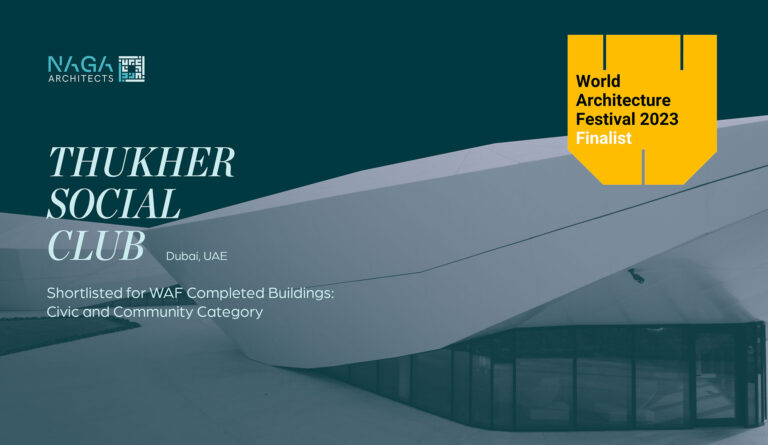NEWS
Model Design
In the age of pods, pads and tweets, it is hardly surprising that the technology boom has spread to the world of design and construction. The addition of a Building Information Modelling (BIM) category to this year’s Middle East Architect Awards is indicative of the impact of Revit by Autodesk, Graphisoft’s ArchiCAD and other BIM software. The award went to NAGA Architects and Engineers, whose Dubai office fully embraced BIM in 2008.
NAGA was lauded for its work on the Sawari Residences project, a large-scale housing scheme on the shores of Al Khobar, Saudi Arabia, close to Bahrain. The judges noted that the project demonstrated a fully integrated use of BIM throughout all design phases and disciplines. Dr Ahmed Elkady, associate director, adds: “We have been using software for a long time, but three years ago we decided to switch to Revit. There are so many advantages.”
Diyane Koseoglu, Middle East sales manager for specialist consultant BIMES, elaborated on the fundamental benefits of the software.
“The manufacturing industry has a waste factor of 26%, while the ratio in the construction industry is 57%, according to McGraw Hill. BIM allows users to follow the automotive industry by creating a prototype on your computer before doing it for real on the site – you can see all the problematic areas in advance and solve them earlier, before they incur a cost.”
NAGA’s Elkady conceded that the migration is not plain sailing. “The switch to BIM is very hard – companies have to be committed. Most engineers and architects are not trained in BIM, and it is a challenge to train everyone. The norm is AutoCAD – people do not want to change.”
Yet he insisted that the move was the correct decision, and added: “We use BIM throughout the whole design process. We are trying to push it to the limit, and we are discovering new things all the time.”
Majid Hamid Saleh, senior structural engineer, NAGA, agreed: “It was a great decision to go for BIM. It was difficult, due to the lack of expertise, but it was an investment. Our management felt that the future is BIM, and I believe that is the case. We had to put the obstacles aside. We now consider ourselves to be a pioneer of BIM in this region.”



